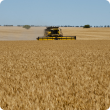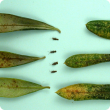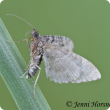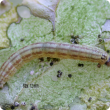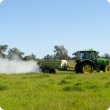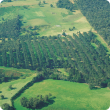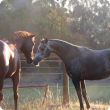Filter by regions:
- (-) Remove Mid West filter Mid West
- (-) Remove South West filter South West
- Great Southern (856) Apply Great Southern filter
- Wheatbelt (762) Apply Wheatbelt filter
- Peel (761) Apply Peel filter
- Goldfields-Esperance (690) Apply Goldfields-Esperance filter
- Perth regions (600) Apply Perth regions filter
- Gascoyne (538) Apply Gascoyne filter
- Kimberley (462) Apply Kimberley filter
- Pilbara (456) Apply Pilbara filter

